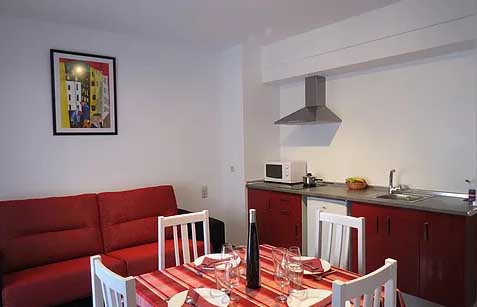Serpis Greenway
Serpis Greenway
From our distant childhood we saw the dark and elegant figure of the Alcoi-Gandia train through fields and orchards of our towns and cities. He lived through the years the avatars of his time, revolts, wars and famine. The one our fathers and grandfathers called the train of the English, the train of oil, wine, charcoal and flour, the “cagaferro” with which we improvised our nativity scenes … “
José Morales Ferrándiz (President of the Alcoi-Gandia Train Association)
“In Valencia, before arriving in Gandía, the English consul, Mr. Stanley Weyman, told me that the area where the road was intended to be made was called the ravine of Hell. I confess I felt worried. I imagined for a moment a place full of demons, but within a few days of starting the prospecting I realized that I was in error. These people were open, generous and good-natured, ready to help; and although they spoke a language called Valencian that was not Spanish or English, we understood each other without great problems thanks to the good will of all.
In a short time I fell in love with the ravine of Hell, a hell of angels who, in addition, taught me to savor all the delights of Mediterranean life. I must admit, however, that I could never get used to drinking tea at five o’clock. “
Mr. Philip P. Ayres (Engineer design engineer of the Alcoy-Gandia railroad)
In 1889, the English company “Alcoy and Gandia Railway and Harbor Company Limited” constructed the railway line that would unite the populations of Alcoy and Gandia. He did it in just two years. The first promotional convoy traveled the route on July 18, 1892, although until the beginning of the following year trains were not regularly circulated. From then on a medium of communication and transport of great importance in the history of our counties worked. During the first years, goods for export (paper, textiles, oil, fruits and vegetables) were lowered and goods – mainly English imports – were raised, such as coal, salt, wood, tobacco … However, increase. During the first decade of the twentieth century other railway lines were built along the lines of the Carcaixent-Gandia line carrying agricultural products from Valldigna and Ribera to the port of Gandia and the Villena-Alcoi-Yecla line which entered operation on December 20, 1909 and linked with the Alcoi-Gandia railroad at Muro station. During the civil war and the post-war period, apart from the damages caused by the bombing of the port of Gandia, on which the railway line depended, the stations served as a base for the commodity crisis in the face of the great shortage of the time. However, with the economic improvement produced in Spain at the end of the 1950s, the transport of passengers to the beach of Gandia acquired some importance. It was only a few years because the road transport would begin to gain the departure to the railroad, supposing the end of this line and of many others that also disappeared along the Spanish geography. In 1965, the company disappeared and the line became dependent on F.E.V.E. (Spanish Railways of Narrow Way). Finally, on April 30, 1969, the line was closed and, the following year, all facilities were dismantled and the metal structures were sold by weight. The iron bridge that saved the river Agres – in Muro – that measured 132.65 meters and weighed 150.620 kg, and that in its time was considered the most important work of all the province, was auctioned by an amount of 700,000 pesetas to destine it as scrap metal.
Thus, the geopolitical and socio-economic circumstances that led to the construction of a railway line between Alcoy and Gandia at the end of the 19th century have led to the fact that, in the 21st century and with the line in disuse, the 53 km with impatience a proposal of clear action that takes it out of oblivion in which it is currently plunged. From the Regisory of Turisme and Medi Ambient of our City Council has been drafted a draft construction with the aim of public agencies to seriously consider their conditioning as a greenway.












